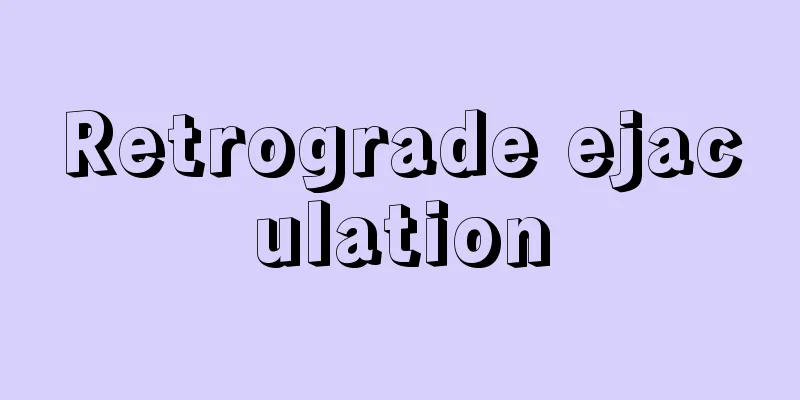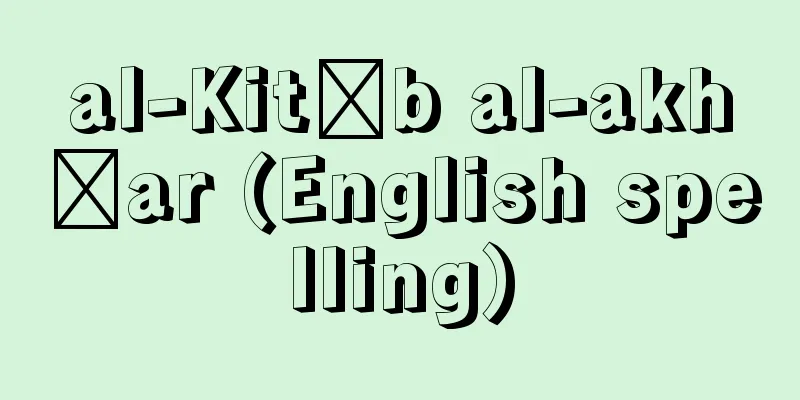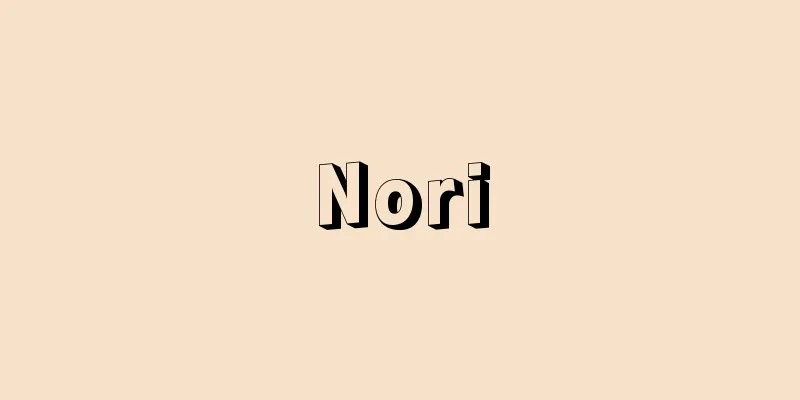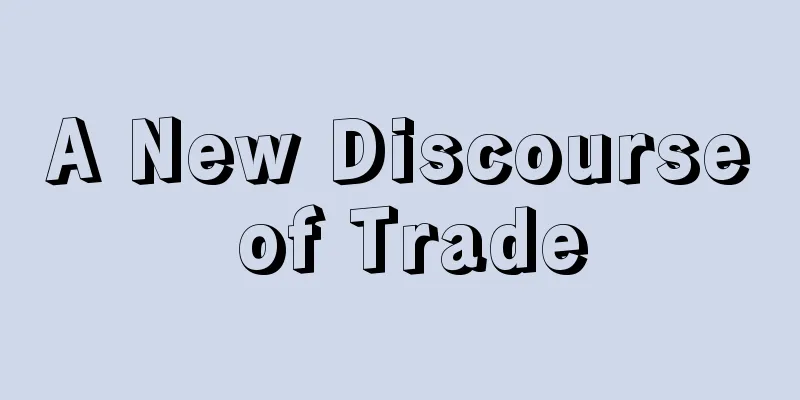Invertebrates - Invertebrates
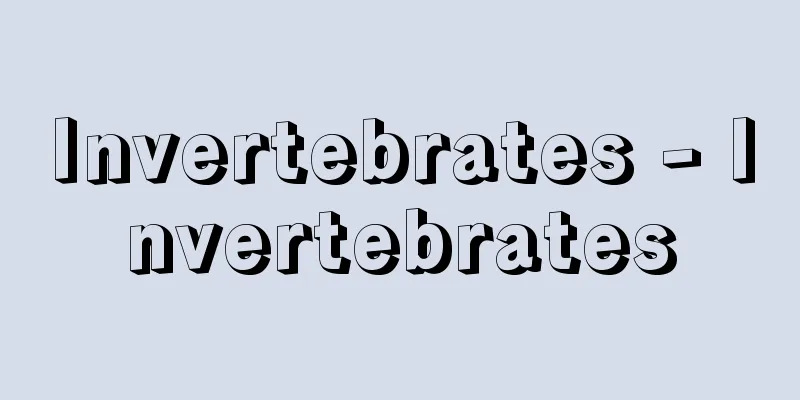
|
The animal kingdom is conveniently divided into two groups: vertebrates and invertebrates, and all animal groups that do not have a vertebral column or internal skeleton are included in the invertebrate group. The total number of vertebrate species is about 41,600, and the number of invertebrate species is about 1,016,000, so 96% of all animal species are invertebrates. For this reason, invertebrates are divided into many phyla, from single-celled protozoa to multicellular sponges, mollusks, arthropods, and protochordata, and there is a great deal of diversity in morphology and development, and they cannot be grouped into one phylum based on common characteristics. Protochordata, which includes sea squirts and amphioxus, have a notochord (an elastic rod-shaped supporting organ) that runs back and forth along the center of the dorsal side of the body throughout their life or at a certain time during development, but other invertebrates do not. Because vertebrates develop a notochord at a certain time during development, protochordata are considered important in considering the evolutionary path from invertebrates to vertebrates. When considering the phylogenetic structure of the animal kingdom as a whole, it seems more meaningful to distinguish between chordates, which have a notochord (protochordates and vertebrates), and invertebrates, which do not, but the term invertebrates, which has been used for a long time, is still often used. [Ryo Katajima] Source: Shogakukan Encyclopedia Nipponica About Encyclopedia Nipponica Information | Legend |
|
動物界は便宜的に脊椎動物と無脊椎動物の二つに分けられ、脊柱や内骨格をもっていない動物群はすべて無脊椎動物に含まれる。脊椎動物全体の種の数は約4万1600で、無脊椎動物のそれは約101万6000であるから、全動物種の96%が無脊椎動物に入る。このため、無脊椎動物は、単細胞の原生動物から多細胞の海綿、軟体、節足、原索動物などの多くの門に分けられ、形態や発生なども著しい多様性がみられ、共通する特徴によって一つの門にまとめることはできない。ホヤやナメクジウオなどが属している原索動物は、終生または発生の一定時期に、体の背側中央を前後に走る脊索(弾力性に富む棒状の支持器官)があるが、ほかの無脊椎動物にはみられない。脊椎動物が発生の特定時期に脊索を生じることから、原索動物は無脊椎動物から脊椎動物への進化の経路を考えるうえで重要視されている。動物界全体の系統を考えるとき、脊索をもつ脊索動物(原索と脊椎動物)とこれをもたない無脊索動物に区別するほうが有意義であると思われるが、いまだに古くから使われている無脊椎動物という名称を用いることも多い。 [片島 亮] 出典 小学館 日本大百科全書(ニッポニカ)日本大百科全書(ニッポニカ)について 情報 | 凡例 |
<<: Wireless power transmission - Musen Soden (English)
Recommend
Sea legs - Kaiyaku
… apron archipelagic apron - a gentle slope, usua...
Taihaku
[1][一] Abbreviation of "Taihakusei (Taihaku S...
Pipidae
...The Discoglossidae family, found in Europe and...
Cumene (English spelling)
An aromatic hydrocarbon. Also known as isopropylb...
Contemplation
…In Western languages, it is called contemplation...
Extragenital chancre - extragenital chancre
…In men, it is most common in the coronal sulcus ...
Kyoroku-Tenbun Rebellion
...He spent his life fighting against the domesti...
Ramsay-Hunt syndrome
…Intercostal neuralgia [Hidehiro Mizusawa]. . . *...
People's China (English spelling)
A Japanese-language monthly magazine published in ...
Cetanol
...A typical naturally occurring chain saturated ...
Letter of Inquiry - Chuushinjo
〘noun〙① A form of ancient document from the Middle...
Two Cities Films
…Under the umbrella of Rank, nicknamed “King Arth...
baptismal name
…Baptismal name. Also called baptismal name, it i...
Fujian [Province] - Fujian
A province on the southeast coast of mainland Chin...
Japanese Social Theory
Modern Japan is one of the most highly industriali...


